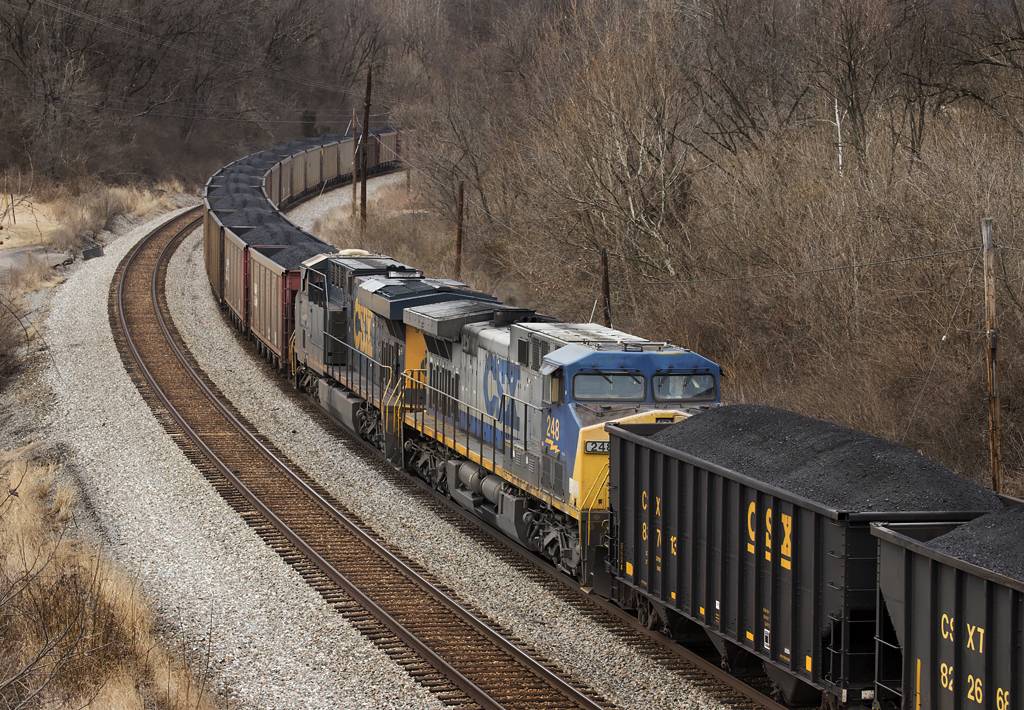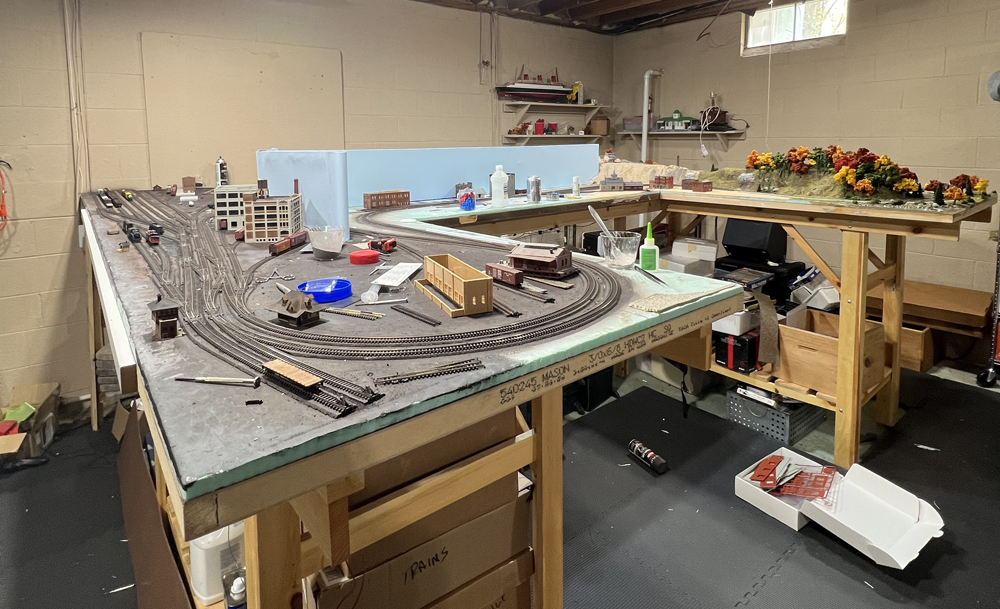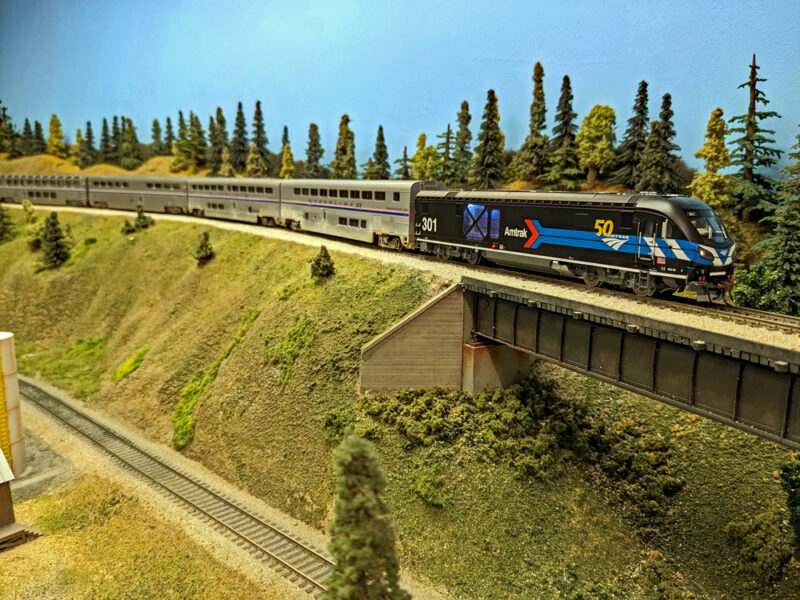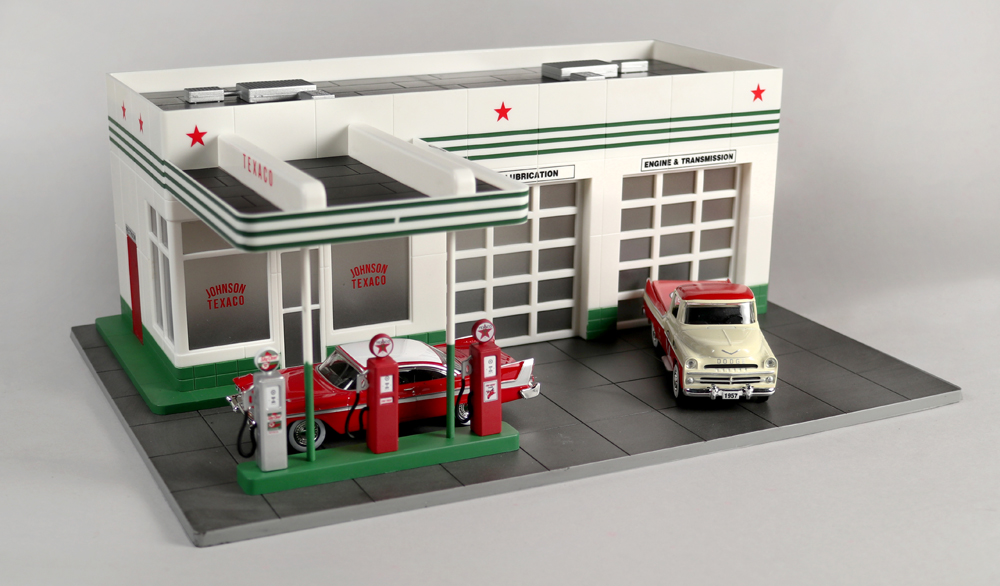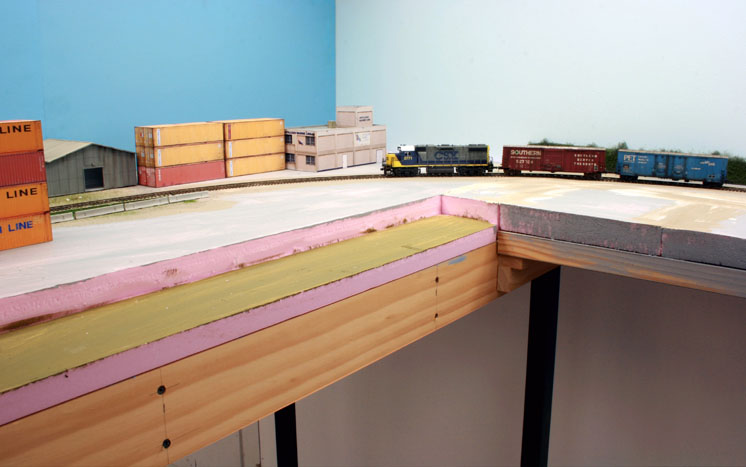
Building a model railroad can be a fun and rewarding hobby. It can also be messy and time-consuming, especially when it comes to a wood-built surface for the layout. One has to ask, “Does my model railroad’s layout surface need to be wood-built, or are there other methods that don’t make such a mess?”
Foam board
One alternative to a wood surface is a foam board. The benchwork itself (table/support system) should be made of wood, but when it comes to the actual surface of your layout, foam board is a lightweight and durable material that is easy to work with. It comes in large sheets that can be easily cut to size with either a utility knife or hot wire cutter. Foam boards can be used to create hills and other terrain features, in addition to a base for tracks and buildings. They’re easy to paint and can be textured to look like wood or other materials.
Expanded polystyrene foam
Expanded polystyrene (EPS) foam is another lightweight and versatile material that can be used to create the surface of a layout. Much like a foam board, EPS comes in large sheets which can be cut to size with a utility knife or a hot wire cutter. Carving the material is easy when shaping hills, mountains, and other terrain features. EPS foam is also a good insulator, an advantage in keeping your layout cool and preventing damage to your model trains.
Cardboard
Cardboard is another material that can be used to create scenes on a layout. It is lightweight, inexpensive, and easy to work with. Cardboard can be used to create a base for your track and buildings, while also being used to create terrain features such as hills and valleys. Cardboard can be painted and textured to look like wood or other materials, making it a versatile option. As a word of caution, though, cardboard can swell and distort when exposed to water.
Plywood
While a traditional material for layouts, plywood can be both messy and time-consuming to work with. However, there are ways to minimize the mess if you go down this route. One option is to use pre-cut sheets of plywood that are available at most hardware stores. They can be easily cut to size and don’t require any sanding or finishing. Another option is to use a power saw with a dust collection system to minimize the amount of sawdust that is produced.
One last tip
When choosing a surface material for building your layout beyond just wood, consider factors such as ease of use, durability, and cost. With a bit of creativity and experimentation, you can create a beautiful and functional model railroad to be proud of. Just make sure that whichever material you choose, it’s one you’ll enjoy assembling and working on. After all, model railroading is all about having fun!






